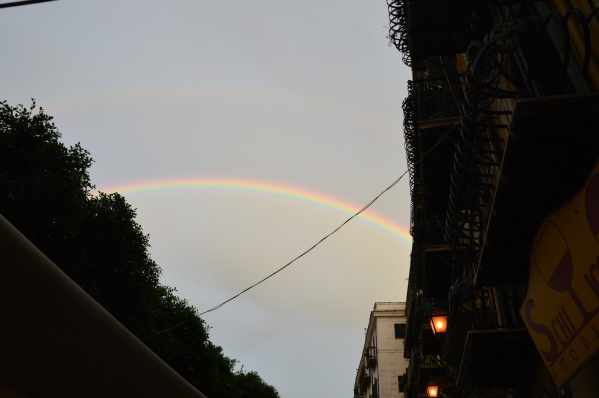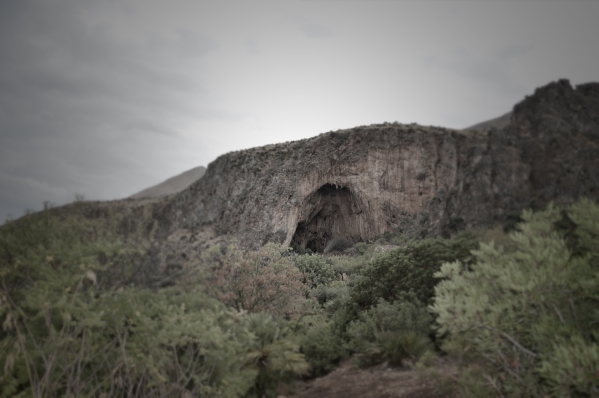Gaiman’s narrative begins on a doleful note. The unnamed Narrator has just left a painful funeral, but instead of driving to his sister’s house for the wake, he finds his way back to the place where he grew up. Although his childhood home is long gone, he continues down to the end of the lane, to the farm where a girl called Lettie Hempstock once lived. Like his old home, Lettie is also long gone. He is greeted, however, by a woman who reminds him very strongly of Lettie’s grandmother, but it has been so long – surely she must be her mother. And yet…
And so at the Hempstocks’ farm, sitting next to the pond, memories of childhood adventures, once lost, now surface again.
What follows is a wondrous tale of good versus evil in a world where little girls can be ancient, where broken toys can defeat monsters, and where ponds can be oceans at the end of the lane. The darkness of the beginning is recurrent throughout – there is death, and rot, and violence. Yet gloom is incessantly fought back by light – the warmth of a kitchen fire, the strength of a friendly hand, the enchantment of magic. The Narrator will find that memory lane holds more secrets than ever expected, many of which were buried for a reason. The quest against evil in the past is echoed by a journey of self-discovery in the present.
Ultimately, Gaiman’s fairy-tale narrative carries hope – that light will prevail when it is most needed, and that what is lost will find a way of coming back to us.





